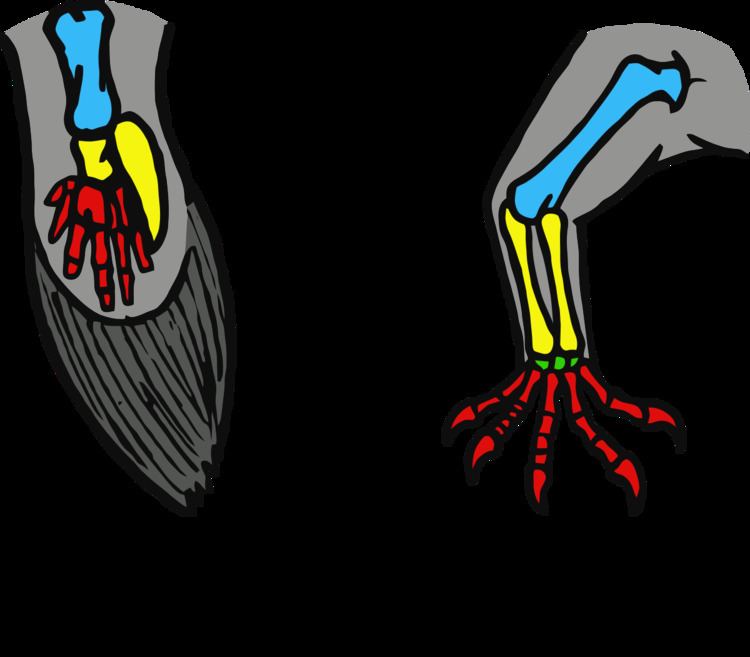 | ||
A limb (from the Old English lim), or extremity, is a jointed, or prehensile (as octopus arms or new world monkey tails), appendage of the human or other animal body. In the human body, the upper and lower limbs are commonly called the arms and the legs, respectively.
Most animals use limbs for locomotion, such as walking, running, or climbing. Some animals can use their front limbs (or upper limbs in humans) to carry and manipulate objects. Some animals can also use hind limbs for manipulation.
Human legs and feet are specialized for two-legged locomotion – most other mammals walk and run on all four limbs. Human arms are weaker, but very mobile allowing us to reach at a wide range of distances and angles, and end in specialized hands capable of grasping and fine manipulation of objects.
